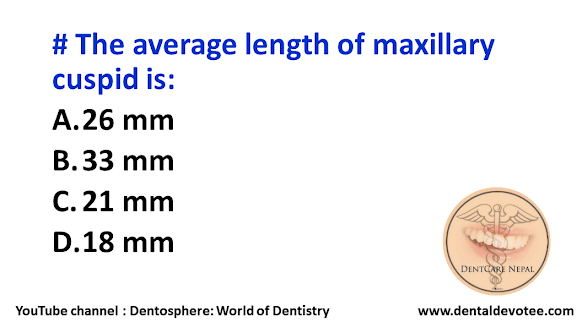# A man during his visit to the Arctic ocean happened to eat meat of polar bear. He suffered from intense headache, drowsiness and vomiting. This is most likely due to:
A. Cold diarrhea
B. Vitamin A toxicity
C. Food allergy
D. Vitamin K toxicity
Acute poisoning has been described after consumption of polar bear liver which contains 30,000 IU/g vit A. Single massive ingestion (> 1 million IU) produces intense headache, drowsiness, irritability, rise in intracranial tension, vomiting, liver enlargement and shedding of skin. Due to saturation of RBP, excess retinol esters circulate in the free state or loosely associated with lipoprotein. These have surfactant property which damages tissues.
Treatment consists of stopping further ingestion, supportive measures, and vit E which promotes storage of retinol in tissues and speeds recovery. Most signs regress in a week, some persist for months. Excess intake of carotenoids does not produce hypervitaminosis A, because conversion to retinol has a ceiling.








